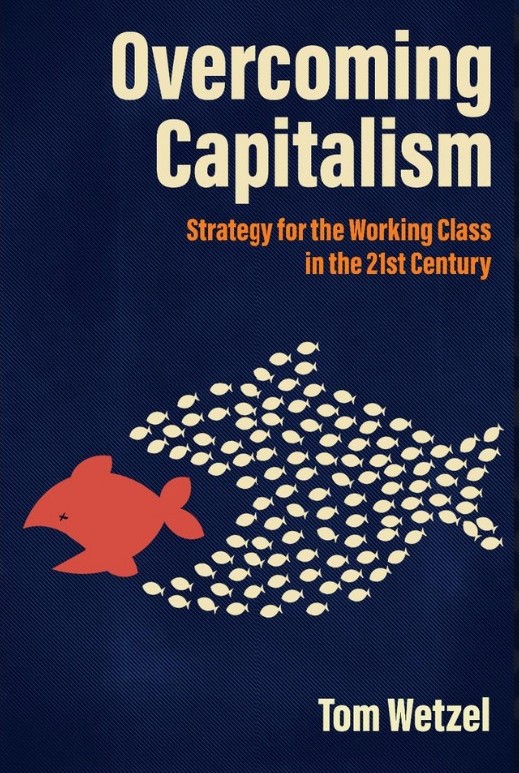Category: Unionism
The big rail carriers have used their ownership of the railways with a total focus on the bottom line, forcing workers to be on call at all times, with no guaranteed days off. They also have pissed off shippers, using the same arbitrary ownership power to deny them reliable service. Five day a week pickups of cars can be suddenly cut to three or denial of service. This is why Railroad Workers United — a cross-craft worker network — has proposed nationalization of the infrastructure — tracks and so forth. Just before the Democrats — with the support of 79 Republicans — passed strike-breaking legislation forcing them back to work — as if they were slaves — Railroad Workers United issued the following press release. “Under the terms of the Railway Labor Act (RLA), Congress has the option to take a wide variety of actions when faced with a situation like what we are seeing in this round of bargaining. According to RWU Treasurer Hugh Sawyer, “Joe Biden blew it. He had the opportunity to prove his labor-friendly pedigree to millions of workers by simply asking Congress for legislation to end the threat of a national strike on terms more…
The trajectory of the United Auto Workers union illustrates the consolidation of top-down control in national unions in the USA in the decades after World War 2. A vast movement of hundreds of thousands of workers forming new independent unions unfolded in 1933–34. Another expression of this drive for self-organization from below was the creation of 1,734 AFL “federal locals.” These were local industrial unions that were not affiliated to any international union. They were directly attached to the AFL national office. Most were in the auto and rubber manufacturing industries. A.J. Muste estimated the auto industry federal locals had 60,000 members in Detroit and 150,000 elsewhere in 1934. The United Auto Workers union (UAW) came out of this movement. The problem with the “federal locals” was the way the AFL kept them on a tight leash. As Edward Levinson put it in Rise of the Auto Workers, “These federal locals turned out to be about as worthless as the company unions. They…could not bargain, strike, or draw up a contract for themselves.” When the auto industry federal locals demanded a national strike in March 1934, the AFL top leaders yielded to FDR’s requests for a postponement and then accepted…
By Tom Wetzel “The labor movement today is in miserable shape, probably worse than in any period of labor history,” writes Joe Burns. To get out of this situation and rebuild unionism as an effective fighting force, Burns proposes a revival of “class struggle unionism” where unions are seen as a vehicle of direct, worker-led struggle against the owning class, whose interests are flatly antagonistic to the interests of workers. Since World War 2, a whole legal cage of repressive labor laws and unfavorable rulings of the elite judiciary have been crafted to block workers from legal use of the most effective tactics, such as secondary boycotts, workplace occupations, and effective strikes that shut down workplaces. Burns proposes a revival of these class struggle tactics, and thus labor organizations must figure out how to roll over injunctions and violate unjust laws. The book is both a clearly-written proposal for a new direction and a look at the dominant approaches in the AFL-CIO-type unions. Burns explains class struggle unionism by contrasting it with two other approaches — traditional business unionism and a newer approach that Burns calls “labor liberalism.” Labor liberalism is a kind of evolution from the older business unionism…

